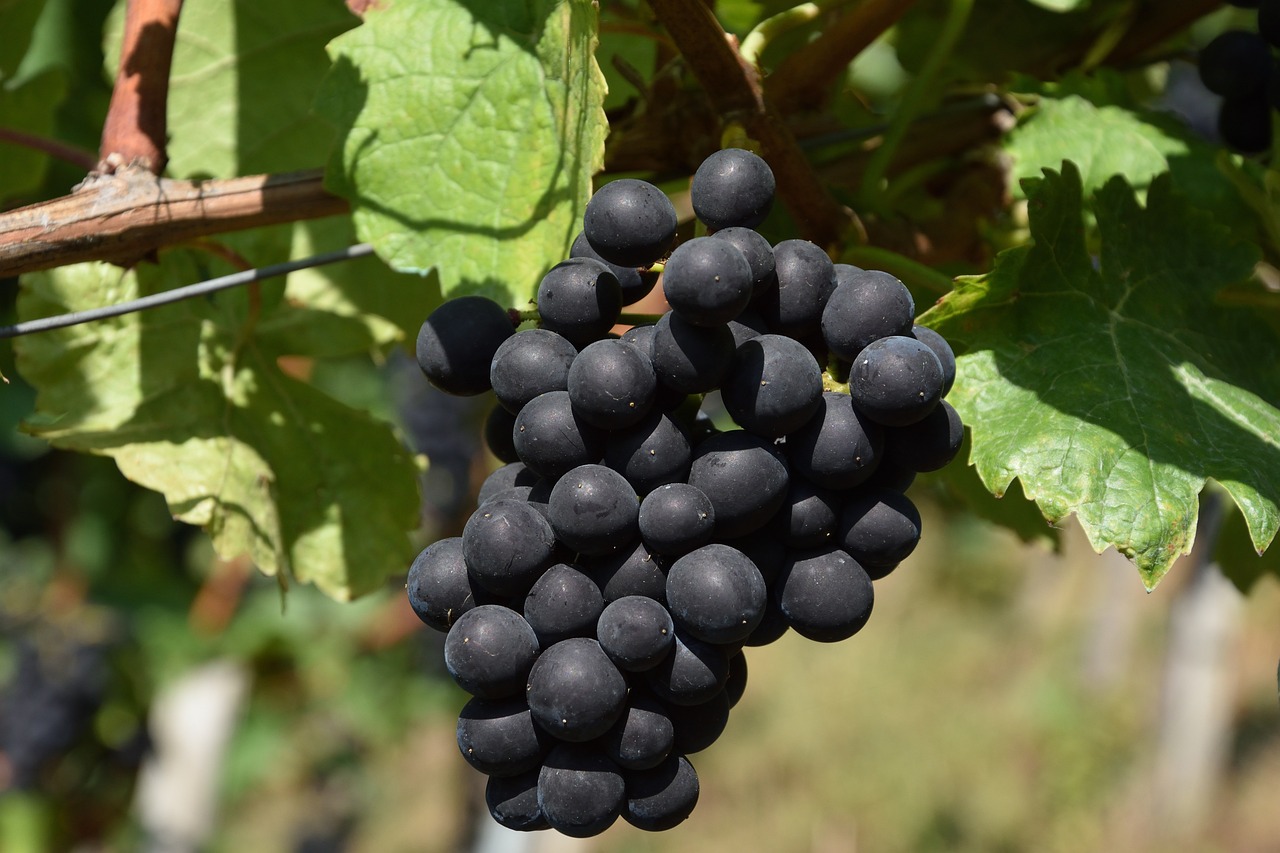As health consciousness rises globally, 2025 is shaping up to be a transformative year for healthy eating. From plant-based diets to sustainable superfoods, the latest food trends prioritize nutrition, environmental impact, and cultural diversity. This article dives into the top healthy food trends of 2025, offering insights into how you can nourish your body while supporting a sustainable future.
The Plant-Based Revolution Continues
Plant-based diets remain a cornerstone of healthy eating in 2025, driven by their benefits for health and the environment. Unlike restrictive veganism, modern plant-based eating emphasizes flexibility, encouraging people to incorporate more fruits, vegetables, legumes, and whole grains into their meals. Research from the World Health Organization shows that plant-based diets can reduce the risk of heart disease, diabetes, and certain cancers by up to 20%.
In 2025, plant-based proteins like lentils, chickpeas, and black beans are gaining popularity, especially in regions like South Asia, where dishes like Bangladeshi lentil soups (dal) are both nutritious and affordable. These pulses are rich in protein, fiber, and essential micronutrients, making them a staple for health-conscious eaters. Meanwhile, plant-based meat alternatives, such as those from Beyond Meat and Impossible Foods, are becoming more sophisticated, mimicking the taste and texture of meat without the environmental footprint.
Restaurants are also adapting, with menus featuring creative plant-based dishes like jackfruit curries and mushroom-based “steaks.” In Bangladesh, traditional dishes like shak bhaji (stir-fried greens) are being celebrated for their nutrient density, proving that local cuisines can align with global health trends.
Superfoods with a Sustainable Twist
Superfoods are evolving in 2025, with a focus on sustainability and accessibility. While exotic imports like quinoa and chia seeds remain popular, there’s a growing emphasis on locally sourced superfoods that reduce carbon footprints. For example, moringa, a nutrient-packed leafy green native to South Asia, is gaining global attention for its high levels of vitamins A, C, and E, as well as its antioxidant properties. In Bangladesh, moringa leaves are often used in curries and soups, offering an affordable way to boost nutrition.
Seaweed is another rising star. Packed with iodine, omega-3 fatty acids, and minerals, seaweed is being incorporated into snacks, salads, and even desserts. Its cultivation requires minimal resources, making it a sustainable choice for eco-conscious consumers. Similarly, millets—ancient grains like foxtail and pearl millet—are making a comeback. These drought-resistant crops are not only nutritious but also environmentally friendly, requiring less water than rice or wheat.
In 2025, the focus is on superfoods that are kind to both the body and the planet. By choosing locally grown options, consumers can support sustainable agriculture while enjoying nutrient-rich meals.
Gut Health Takes Center Stage
The gut microbiome is a hot topic in 2025, as research continues to highlight its role in overall health. Fermented foods, rich in probiotics, are leading the charge. Yogurt, kefir, kimchi, and kombucha are staples in many diets, promoting digestion, immunity, and even mental well-being. In Bangladesh, traditional fermented dishes like shutki (dried fish) and homemade yogurt (doi) are being recognized for their probiotic content, blending cultural heritage with modern health trends.
Prebiotic foods, which feed beneficial gut bacteria, are also gaining traction. Foods like garlic, onions, bananas, and whole grains are being incorporated into everyday meals. For example, a simple Bangladeshi dish of boiled rice with lentil soup and sautéed vegetables provides a perfect balance of prebiotics and fiber, supporting gut health without breaking the bank.
In 2025, gut-friendly foods are moving beyond niche health stores to mainstream supermarkets, making it easier for everyone to prioritize their microbiome. Nutritionists recommend including at least one fermented or prebiotic food in daily meals to maximize benefits.
Mindful Eating and Portion Control
Mindful eating is reshaping how we approach food in 2025. This practice encourages savoring meals, paying attention to hunger cues, and avoiding overeating. Studies show that mindful eating can reduce stress-related snacking and promote healthier weight management. In a fast-paced world, taking time to enjoy meals—whether it’s a simple plate of rice and curry or an elaborate salad—can enhance both physical and mental health.
Portion control is a key component of mindful eating. In 2025, tools like portion-controlled plates and apps that track nutritional intake are helping people make informed choices. For instance, traditional Bangladeshi pitha (rice-based sweets) can be enjoyed in moderation as part of a balanced diet, especially when made with natural sweeteners like molasses. By focusing on quality over quantity, mindful eating aligns with both health and cultural values.
Restaurants and food brands are also embracing this trend, offering smaller, nutrient-dense portions and transparent nutritional information. This shift empowers consumers to make choices that align with their health goals without sacrificing flavor.
Sustainable Seafood and Protein Alternatives
Seafood remains a vital source of protein in 2025, but sustainability is a priority. Overfishing and environmental concerns have led to a surge in responsibly sourced seafood. In Bangladesh, fish like hilsha and rui are dietary staples, but aquaculture is reducing pressure on wild stocks. Farmed fish, raised in controlled ponds, provide a sustainable source of omega-3s and protein, supporting both health and ecosystems.
Insect-based proteins are also emerging as a sustainable alternative. Crickets and mealworms, rich in protein and requiring minimal resources to produce, are being incorporated into snacks, protein bars, and even flours. While still niche, these options are gaining acceptance in Western markets and could inspire innovative dishes in other cuisines.
Plant-based seafood alternatives, such as algae-based “shrimp” and “tuna,” are also hitting the market. These products mimic the taste and texture of seafood while being environmentally friendly, offering a guilt-free way to enjoy favorite dishes.
Technology and Personalized Nutrition
Technology is revolutionizing healthy eating in 2025. AI-powered apps now offer personalized nutrition plans based on individual health goals, dietary restrictions, and even genetic profiles. These tools analyze data from wearables, like smartwatches, to recommend meals that optimize energy, weight, and overall well-being. For example, someone with a busy lifestyle might receive a plan featuring quick, nutrient-dense meals like a Bangladeshi-style vegetable curry with brown rice.
3D food printing is another exciting development. This technology allows for the creation of customized meals with precise nutrient ratios, reducing food waste and catering to specific dietary needs. In 2025, 3D-printed snacks and desserts are becoming more common, offering a fun way to enjoy healthy eating.
Smart kitchen appliances, such as connected air fryers and sous-vide machines, are making it easier to prepare healthy meals at home. These devices reduce the need for excess oil and preserve nutrients, aligning with the trend toward wholesome cooking.
Challenges in Adopting Healthy Food Trends
While the healthy food movement is thriving, challenges remain. Cost is a significant barrier, as organic and sustainable foods can be pricier than processed alternatives. In developing nations, access to fresh produce and superfoods may be limited, making it harder to adopt these trends. Education is also key—many consumers are unaware of the benefits of gut health or sustainable eating.
Cultural resistance can also play a role. In regions where traditional diets are meat-heavy, transitioning to plant-based eating may face pushback. However, integrating local ingredients—like Bangladesh’s nutrient-rich fish and greens—can bridge the gap between tradition and innovation.
Governments and organizations are addressing these challenges through subsidies, community gardens, and nutrition education programs. In 2025, initiatives like urban farming and farm-to-table programs are making healthy food more accessible and affordable.
Conclusion
The healthy food trends of 2025 are about more than just eating well—they’re about creating a sustainable, inclusive food system that benefits both people and the planet. From plant-based diets and gut-friendly foods to sustainable seafood and personalized nutrition, these trends offer practical ways to improve health while embracing cultural diversity. By making mindful choices and supporting local, sustainable ingredients, we can all contribute to a healthier future. Whether you’re savoring a bowl of Bangladeshi dal or trying a seaweed snack, 2025 is the year to nourish your body and the world around you.











